- Blog
- About
- Articles
-
Places to visit
- Afife
- Águeda
- Albufeira
- Aljezur
- Almourol
- Alvor
- Amarante
- Arrifana
- Aveiro
- Azenhas do Mar
- Berlenga Grande Island
- Braga
- Caminha
- Cascais
- Castelo Branco
- Coimbra
- Condeixa-a-Nova
- Covilhã
- Douro Valley
- Ericeira
- Espinho
- Évora
- Fátima
- Figueira
- Figueira da Foz
- Funchal, Madeira
- Gondomar
- Guimarães
- Lagoa Comprida
- Lagos
- Leça da Palmeira – Vila do Conde
- Leiria
- Lindoso
- Lisbon
- Loriga
- Manteigas
- Marvão
- Miramar
- Monção
- Monsanto
- Montemor-o-Velho
- Nazaré
- Óbidos
- Peneda-Gerês National Park
- Peniche
- Piódão
- Ponta Delgada, São Miguel Island (Azores)
- Ponte da Barca
- Ponte de Lima
- Portimão
- Porto
- Praia da Costa Nova
- Praia da Ribeira do Cavalo
- Praia da Rocha (Portimão)
- Praia de São Julião
- Rota Vicentina
- Sagres
- Sandomil
- Santa Maria da Feira
- Seia
- Serra da Estrela
- Sesimbra
- Sintra
- Sintra-Cascais Natural Park
- Soajo
- Tomar
- Valença
- Valongo
- Viana do Castelo
- Videos
- Facts
- Press
- Contact
|
“Have you had a Portuguese tart yet?” asked a girl in my dorm room the first time I visited Portugal. I admitted I hadn’t and she looked at me with utter disappointment, despite the fact I’d only been in the country for 30 minutes. That afternoon, two more people asked the same question – obviously these things were a talking point. Needless to say, I hotfooted down to a local café to try one. Little did I know it would start a self-indulgent habit of pastel de nata consumption after I decided to plant myself in the land of the custard tart (or ‘cream pastry’, if you want to get technical on the translation) less than a year later. I recently wrote about the pastel de nata in a story for Good Food Australia, along with 10 other things to eat and drink in Portugal including Francesinha (a mega artery-clogging sandwich), Queijo Serra da Estrela (sheep milk cheese), Vinho do Porto (port), vinho verde (green wine), Cozido das Furnas (volcano-cooked stew), ovos moles (egg and sugar sweets), ginja (cherry liqueur), caldeirada do peixe (fish stew) and bacalhau (dried codfish). Given this recent article, I thought I’d take the opportunity to elaborate further on Portugal’s food with a blog post on the subject. So here’s a rundown of some other food and drink to try in Portugal. I've also added a few points about Portuguese food culture at the end. Bacalhau I already touched on bacalhau in the above-linked story, but feel it’s such a critical food item in Portugal it needs another mention, because, quite frankly, you won’t escape it. When you walk into a Portuguese supermarket and catch a whiff of these giant slabs of dried codfish, usually emitting their pungent odour down the back somewhere, you’ll understand what I mean. Outside the supermarket you’ll find bacalhau widespread on restaurant and café menus, because by golly the Portuguese love this stuff. Of interest however, is that even though Portugal has such a vast coastline and more fish varieties than you can poke a stick at, codfish is no longer fished in Portuguese waters. Most supplies come from Norway and in 2015 Portugal accounted for around 70% of Norway’s salted fish export sales. There are literally hundreds of ways of preparing bacalhau in Portugal so don’t leave the country without trying some iteration (don’t worry, it doesn’t pong once it’s been rehydrated and cooked). If you want a safe bet, go for bacalhau com nata, which is essentially codfish drowned in a rich cream sauce. Healthy, no; delicious, yes. Caldo verde The Portuguese love their soup and it’s common to see a soup option or two on most menus. Caldo verde is particularly popular and is made with shreds of a green leafy vegetable similar to kale, and typically includes a piece of chouriço (chorizo) for added flavour. Tripas à moda do Porto Remember how I mentioned in my last post Interesting facts about Porto that the people of Porto are known as tripeiros? Well, one of the city's famous dishes is tripas à moda do Porto, which is a tripe and white bean stew. The tripe might seem a bit unpalatable for some, but the sauce is particularly tasty. So even if you can't handle all the innards, you can still enjoy your rice dunked in the sauce. Port wine and the Port Tonic No surprises here – when in Portugal it's almost a crime not to try the country’s famous port wine, which is another item listed in my Good Food article that deserves another mention. White port is sometimes served as a pre-dinner aperitif and a warming tawny typically finishes off a meal. In Porto, the Porto Tonico is a typical summer cocktail, which is a simple recipe using white port and tonic water. (You can find port everywhere, but my Lonely Planet article The 10 coolest bars to drink at in Porto can help you find some funky bars.) Rissóis These are small crumbed pockets of ground beef, shreds of suckling pork meat, chicken or seafood that you’ll see in most café cabinets (different shapes represent different fillings). They’re typically served cold and are cheap, snack-sized and highly addictive. Also try the oval-shaped codfish balls, bolinhos de bacalhau. Bifana The bifana is a simple sandwich filled with pork marinated in garlic and spices. If you find a good one it will have a super fresh bread roll, enough sauce to ensure it doesn’t taste try and tender meat. Leitão This is one of those foods best not to think about too hard, as leitão is the meat of a cute little piglet (suckling pig). If you can get past that image, the meat is sweet and soft and goes well in rissóis (see above) and sandwiches. Grilled fish Grilled sardines are a key element of Portuguese food culture, although they’re most popular around festival time, particularly during the mid-year saints’ celebrations (I mention these festivities in my story 10 top things to see and do in Portugal). Numerous other varieties of grilled fish are also common, including sea bream, sea bass and salmon. The fish are usually served whole, sided with rice or potatoes and salad or vegetables. Often you’ll see some kind of grilled fish as an option on set lunch menus as a prato do dia (plate of the day). Look for the word grelhado, meaning grilled. Broa This is a type of cornbread and sometimes you’ll find it in your bread basket before a meal (unless you turn the basket away you have to pay for this by the way … see ‘A few points about Portuguese food culture’ below). Density levels vary, but generally speaking, if you left a loaf of broa out to go stale then threw it at someone, you’d probably kill them. Morçela Morçela is a dark blood sausage you might see on meat platters along with chouriço. Don’t let the blood put you off, it’s actually really good. Portuguese croissants The croissants you find in Portugal are distinctly different to their French counterparts. Instead of being light and crispy, they are dense and sweet, and tear rather than flake. The croissants are bright yellow and sometimes have a sugary filling, sticky glaze and/or chocolate sprinkles. Arroz de Pato While I'd say pork and seafood are the most commonly consumed proteins in Portugal, this rice recipe is made with duck and comes baked with a scattering of chouriço. Bolhão Pato clams This dish is named after a 19th century Portuguese poet and consists of clams swimming in a soupy sauce of oil, lemon, garlic and coriander, best mopped up with a chunk of bread. It’s so rich you may feel slightly ill afterwards, but it’s worth it. Percebes I mentioned percebes, sometimes called gooseneck barnacles, in my article about Nazaré for The Australian newspaper. Fishermen risk life and limb to pluck this plump, salty delicacy from rocks, which explains why they can attract a hefty price tag. You’ll find percebes in a number of countries but Portugal tends to be one of the cheapest places to buy them. Piri piri The Portuguese don’t consume a lot of spicy food, despite their prominent role in the global spice trade (shipped all the spices off apparently). One exception is piri piri, which can have a serious heat kick and is tied to Portugal’s links with Africa. Piri piri is usually served with chicken (frango) and is essentially a kind of chilli oil. Even if you don’t see it on the menu, you can always ask for the sauce when you eat out. Alheira It’s said the Jews created Alheira sausage during the inquisition to fool people into thinking they ate pork (and thus hopefully avoid expulsion or death). The sausage is typically made from shredded game meat, garlic and bread and has an intense flavour. You’ll see it hanging in delis and can find it in many tapas (or petisco) restaurants. Petiscos While petiscos aren’t a single food item as such, they’re worth mentioning here as you’ll see them offered in many Portuguese restaurants. There are technical differences if you get into the nitty gritty, but put simply, a petisco is the Portuguese version of a tapa … but tapas are found over the fence – and remember we’re in Portugal, not Spain. (Scrub up on the difference between the two countries by reading my post Portugal and Spain: same same but different?). Given their petite serving size, petiscos are perfect to share as a main meal and are a good option if you’re like me and want to try everything on the menu. Over to you Obviously this isn’t a complete list of all the traditional food and drink you can find in Portugal, so I’d love for you to add your additions below. Likewise, please leave a comment if you have any favourite places to try traditional Portuguese food. A few points about Portuguese food cultureYou eat it, you pay for it This is one Portuguese custom that trips up most first-time travellers to the country. The rule is 'if you eat it, you pay for it'. So that lovely bread basket with a side of olives (and sometimes chouriço, paté, butter, tremoços (small yellow beans) and cheese) is unfortunately not being presented with compliments – it’s all getting whacked on your bill. Personally I’m not a fan of this custom, but it’s just how it’s done. This isn’t a tourist rort as locals get the same treatment (and often happily accept the extras). Note however that you’re well within your rights to decline these items as soon as they hit the table with a polite ‘no, thank you’ and they’ll be taken away without fuss. Water Tap water is not commonly served in Portugal even though the water is perfectly safe to drink. Unless you specify ‘água da torneira’ (tap water), expect you’ll be paying for your water. Tipping Tipping in Portugal isn't obligatory and there’s no hard and fast rule about how much to tip and under what circumstances. If you receive good service, throw in an extra 5-10% if you wish and feel free to clear out some loose coins when paying for smaller purchases. Service On the subject of service, the Portuguese could never be accused of being pushy. Don’t expect wait staff to fawn over you and do expect to do some hand waving when you want the bill, or anything else for that matter. Eating times Eating times in Portugal tend to err on the later side, especially during summer, but are not as extreme as neighbouring Spain, where you can be hard-strapped finding a restaurant open before 8.30pm. Breakfast in Portugal is pretty much a non-event, particularly if you want to eat out (although the brunch concept is starting to catch on), lunch is eaten anywhere from noon until around 2.30pm, then dinner is usually around 8 or 9pm. Menus of the day The menu of the day (menu do dia) provides excellent bang for buck in Portugal, particularly at lunchtime. Inclusions vary, but generally you’ll get bread, a main dish, coffee and a drink (including beer or wine) from as little as €5. The menu do dia will be advertised on a board out the front of most traditional restaurants and cafés, or will be scribbled on paper in the window. For photos, facts and other updates, like The Portugal Wire on Facebook.
38 Comments
Peter Radcliffe
16/3/2017 11:39:42 am
I have just eaten a bifana in Restaurante Conga. I had almost forgotten how good they are. The spicy sauce is delicious and it is a race to eat the bifana before the bread collapses. Not a food for manners and best washed down with a cold one!
Reply
19/3/2017 09:12:36 am
Spent a month in Lisbon. Loved every second of it. Had wayyyy too many pastela de Natas during that time. One thing you may want to look at is although vinho verse is technically "green wine" it's a region in northern Portugal, and as such as much more than the young varietal wine you are referring too. Go search for a single grape reserva red or white that has aged two to three years and they will change your viewpoint on the term "vinho verde." Just thought I would throw that out there!
Reply
Emily McAuliffe
19/3/2017 11:08:16 am
Thanks for your comment Patrick. Yes, vinho verde is specific to the Minho region and while the 'fresh and fizzy' style is probably the most widely recognised, it takes many forms including 'mature' green wines and doesn't necessarily need to be consumed immediately after bottling. (P.S. Glad to hear you loved Lisbon!)
Reply
15/10/2017 11:09:58 am
One of the most popular national dishes of Portugal is bacalhau. Other national dishes include bacalhau, francesinha.
Reply
Sandra L
29/10/2017 06:31:55 am
We are on a Viking river cruise in Portugal’s Douro River. Food onboard very poor, everything either very salty or peppery. Roast pork fiery with pepper, Baccalao so salty to be inedible.
Reply
29/10/2017 09:34:26 am
Hi Sandra,
Reply
Artiom
6/11/2017 01:53:55 pm
Very interesting artcle, thank you
Reply
7/11/2017 09:31:30 am
Thanks for your kind feedback Artiom, glad you liked it :) Emily
Reply
15/1/2018 12:56:28 pm
Nice post I enjoing it very much now I am looking to go in holidays to Portugal :) Thanks
Reply
16/1/2018 10:05:04 am
Thank you, glad you enjoyed the post. Enjoy your trip to Portugal!
Reply
Oris
5/2/2018 10:10:17 am
thank for the article
Reply
Bruce Cohen
15/6/2018 04:50:53 am
My family had a home in Lourenco Marques for 22 years. I have toured with a rental cat from Algarve to Porto. I have enjoyed Portugal and Madeira. Our trips were lengthy, we were blessed to have had friends in Cascais, Gaia and Fubchal. We ate in the best local restaurants. Cannot wait to return
Reply
21/6/2018 12:48:45 pm
Sounds like you've seen plenty of Portugal Bruce! It's always nice to catch up with friends on your travels too and get the insider scoop on the best local restaurants ;-)
Reply
19/6/2018 07:32:51 am
yeah, Portuguese food is just lovee. I always prefer to search online for recipes of Portugal food
Reply
21/6/2018 12:46:18 pm
Thanks for the feedback, glad to hear you like Portuguese food :-)
Reply
Bruce Cohen
22/6/2018 02:30:02 am
The best Portuguese meals I have eaten were in Funchal, Madeira. Love the food in Alfama, Algarve and Porto......best chicken was in Lourenco Marques with the real local piri piri - The special steak roll in Funchal and in LM were the Prego, nothing beats that.
Reply
Marilyn LEBOWITZ
22/6/2018 10:13:03 pm
Loved the goose necked clams in Lisbon. I had never seen these things before but am usually game to try something new.
Reply
23/6/2018 01:39:34 am
Percebes are funny little things aren't they? Quite salty but also tasty. If you get a chance, try to find a video on YouTube that shows how they are collected. It's crazy to see what conditions fisherman go out in to find them and also helps explain why they can be so expensive!
Reply
18/1/2019 02:46:41 pm
Enjoyed reading the article above , really explains everything in detail. , the article is very interesting and effective. Thank you and good luck in the upcoming articles
Reply
19/1/2019 06:00:02 am
Enjoyed reading the article above , really explains everything in detail. , the article is very interesting and effective. Thank you and good luck in the upcoming articles
Reply
21/1/2019 02:54:44 am
Thanks for your kind words, glad you liked it. Emily
Reply
18/4/2019 11:04:05 am
Grilled fish with Salad is the best item for me. I also love Arroz de Pato. Hopefully the next month I will visit Portugal and enjoy this beautiful dish. Thanks a lot for sharing different items.
Reply
18/4/2019 12:09:35 pm
Ah yes, the grilled fish and arroz de pato are always winners :-) Thanks for your comment!
Reply
marcio saldanha
28/8/2019 11:29:19 pm
Rissóis is only served cold when it is a very big party or get to gather because there is no way to maintain the heat otherwise u eat it when its how because that's when all the flavours are at its peak.
Reply
7/9/2020 07:47:24 am
I love their food ..Mark your so lucky that you were able to eat all this foods on any places you been to..you already traveled the whole world..thank you for sharing us your post.
Reply
9/3/2024 06:26:32 am
Ahmedabad escort agency provides you the opportunity to spend a sensual night with a variety of Ahmedabad call girls as we offer beautiful escorts from different states of India and other countries. Our escort agency is proud to have a number of independent call girls who are dedicated to serving their escort clients. Each Ahmedabad independent escorts is unique and trustworthy, offering a variety of sex on the bed and on the sofa, and a unique and personalized experience in the hotel room.
Reply
19/3/2024 08:13:06 pm
An ESG advisory firm is a consultancy specializing in Environmental, Social, and Governance (ESG) factors. These firms provide guidance and expertise to businesses seeking to integrate sustainability principles into their operations and investment strategies.
Reply
19/3/2024 08:15:37 pm
By searching for "car waxing near me," individuals are seeking convenience and proximity to find professional automotive detailing services that can help maintain the appearance and longevity of their vehicles.
Reply
19/3/2024 08:17:09 pm
Zabiha halal meat is sourced from animals that are slaughtered in accordance with Islamic principles, which involve specific guidelines for the treatment and slaughter of animals.
Reply
19/3/2024 08:18:45 pm
Electroacupuncture is a therapeutic technique that involves the application of a mild electrical current to acupuncture needles inserted into specific points on the body.
Reply
19/3/2024 08:20:59 pm
This service addresses issues such as malfunctioning furnaces, heat pumps, boilers, or any other heating components in residential, commercial, or industrial environments.
Reply
19/3/2024 08:22:30 pm
Our expert technicians are here to provide swift and reliable air conditioning repair services. From diagnosing the issue to implementing effective solutions, we ensure your comfort is restored promptly.
Reply
19/3/2024 08:23:48 pm
Free junk removal in Delaware" refers to services that offer to remove unwanted items or debris from residential or commercial properties within the state of Delaware at no cost to the customer.
Reply
19/3/2024 08:37:41 pm
A Pakistani restaurant in North Brunswick, NJ, is a dining establishment that offers authentic Pakistani cuisine in the North Brunswick area of New Jersey.
Reply
19/3/2024 08:39:24 pm
Kraken Law Group is your premier destination for expert legal representation in personal injury cases in Florida. Our dedicated team of skilled attorneys specializes in advocating for individuals who have suffered injuries due to accidents, negligence, or malpractice
Reply
Leave a Reply. |
AboutThe Portugal Wire is the blog of Australian travel writer, copywriter and photographer Emily McAuliffe. Previous postsThings you might not know about Portugal A brief history of Portugal Who was the first person to sail around the world? (Hint: he was Portuguese ... and then he wasn't) A quick overview of Portugal's economy 25 April: a shared day in history for Australia and Portugal Portugal's bridges: go big or go home Portugal and Spain: same same but different? Interesting facts about Porto Traditional Portuguese food: what to eat and drink in Portugal Who are they? Famous names on the streets of Portugal Interesting facts about Lisbon Uncovering Porto's secret gardens Lonely Planet Instagram takeover: sharing some of my favourite hidden spots in Portugal In the news... my feature in Portugal's national newspaper Diário de Notícias On board the Presidential train in Portugal's Douro Valley When the lion mauled the eagle (Porto) Kicking design goals: Cristiano Ronaldo & Pestana's CR7 hotels Lovely Lisbon: my top picks of where to eat, drink, visit and stay in Portugal's capital city Porto street art: fighting the good fight The best places to visit in Lisbon: 5 of my favourite neighbourhoods Big waves in Nazaré: my favourite beach town in Portugal Best things to do in Porto Portuguese wine: yes, the wines of Portugal extend far beyond port Portuguese architecture Part I: Manueline style Portuguese architecture Part II: Pombaline style When is the best time to visit Portugal? Food to try in Porto: northern Portuguese cuisine explained Filigree designs: the beauty behind traditional Portuguese jewellery Archive
December 2019
Categories
All
|
THE PORTUGAL WIRE
Emily McAuliffe
www.emilymcauliffe.com
- Blog
- About
- Articles
-
Places to visit
- Afife
- Águeda
- Albufeira
- Aljezur
- Almourol
- Alvor
- Amarante
- Arrifana
- Aveiro
- Azenhas do Mar
- Berlenga Grande Island
- Braga
- Caminha
- Cascais
- Castelo Branco
- Coimbra
- Condeixa-a-Nova
- Covilhã
- Douro Valley
- Ericeira
- Espinho
- Évora
- Fátima
- Figueira
- Figueira da Foz
- Funchal, Madeira
- Gondomar
- Guimarães
- Lagoa Comprida
- Lagos
- Leça da Palmeira – Vila do Conde
- Leiria
- Lindoso
- Lisbon
- Loriga
- Manteigas
- Marvão
- Miramar
- Monção
- Monsanto
- Montemor-o-Velho
- Nazaré
- Óbidos
- Peneda-Gerês National Park
- Peniche
- Piódão
- Ponta Delgada, São Miguel Island (Azores)
- Ponte da Barca
- Ponte de Lima
- Portimão
- Porto
- Praia da Costa Nova
- Praia da Ribeira do Cavalo
- Praia da Rocha (Portimão)
- Praia de São Julião
- Rota Vicentina
- Sagres
- Sandomil
- Santa Maria da Feira
- Seia
- Serra da Estrela
- Sesimbra
- Sintra
- Sintra-Cascais Natural Park
- Soajo
- Tomar
- Valença
- Valongo
- Viana do Castelo
- Videos
- Facts
- Press
- Contact
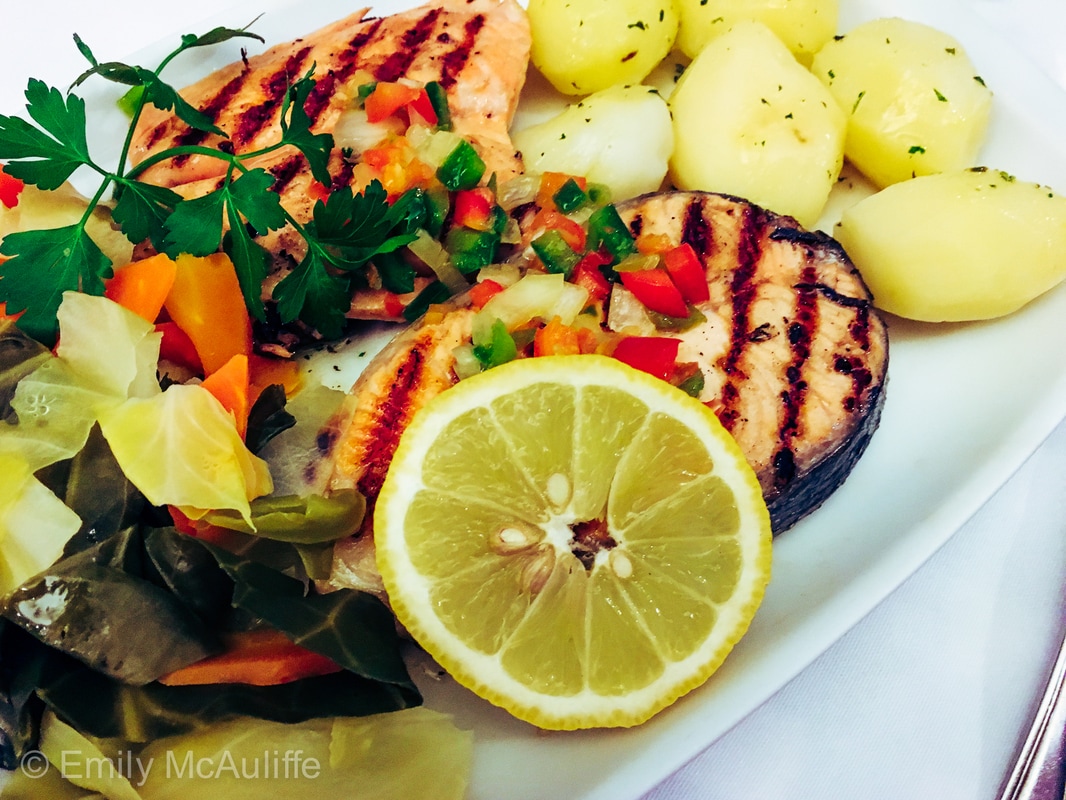
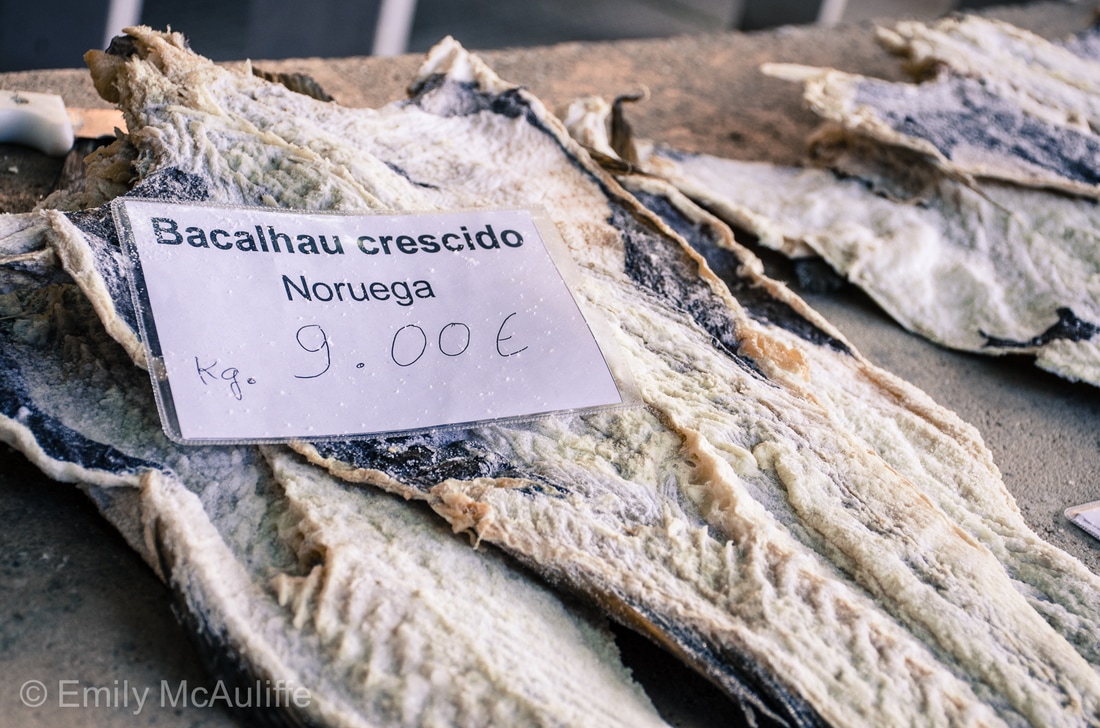
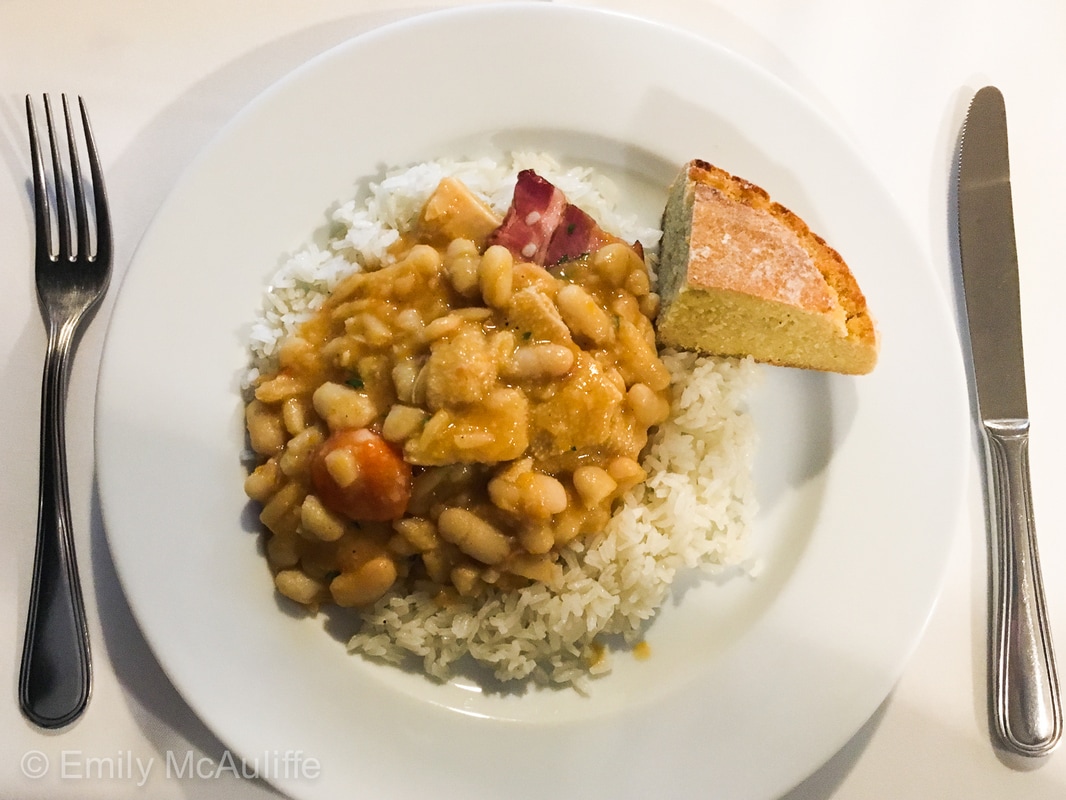
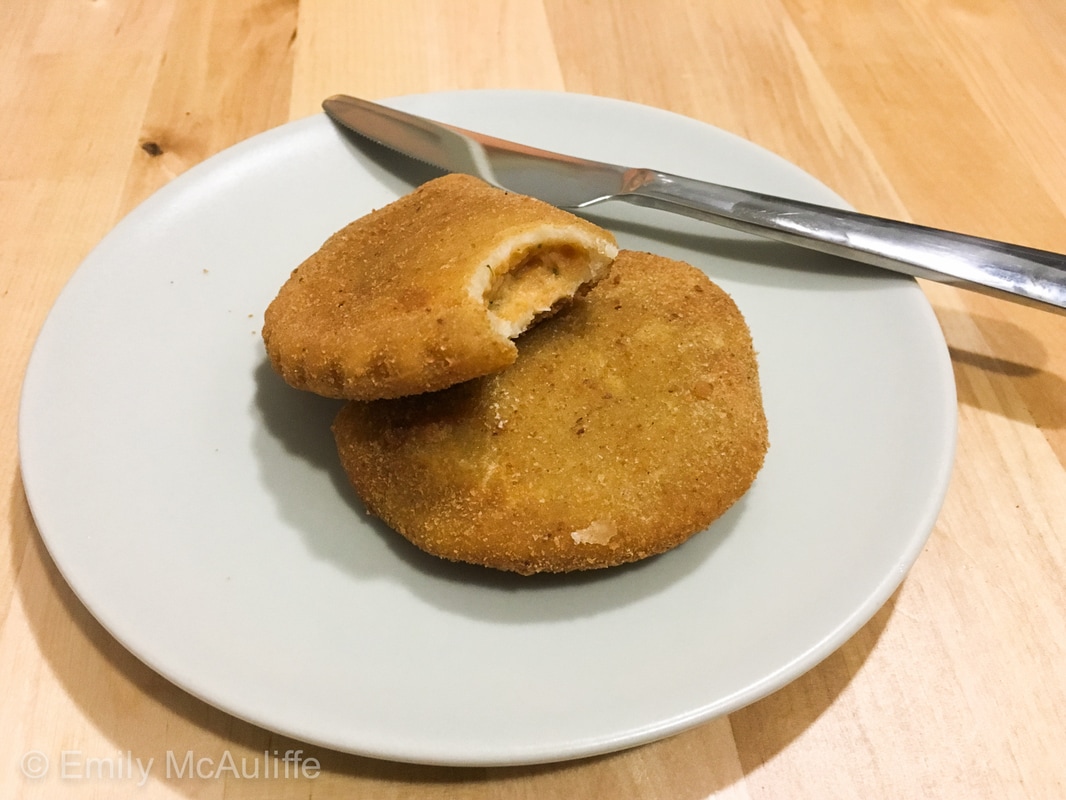
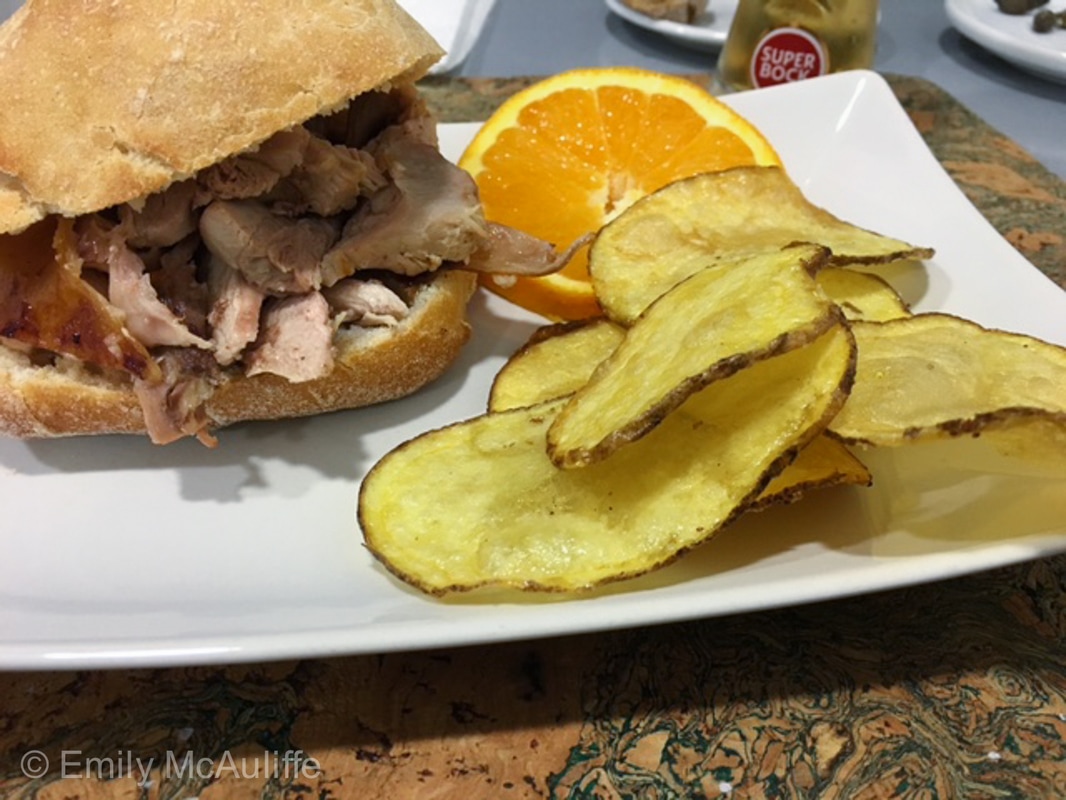
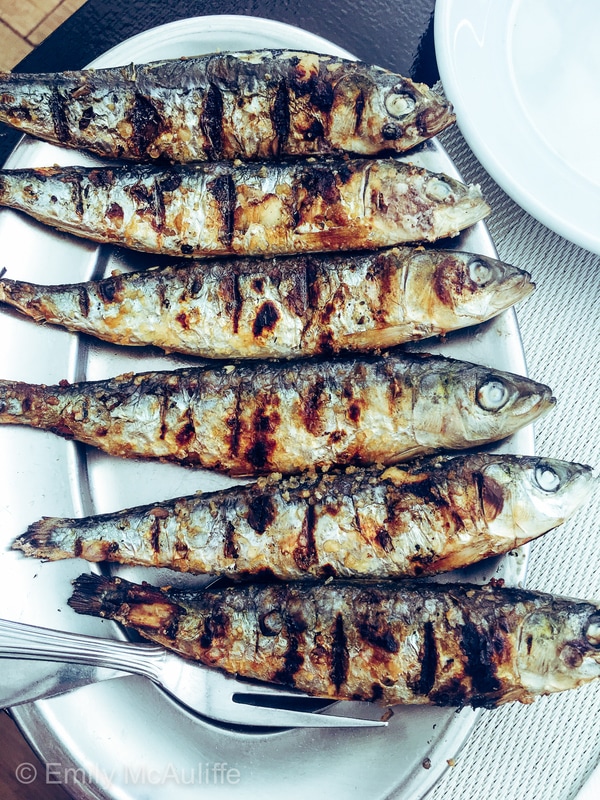
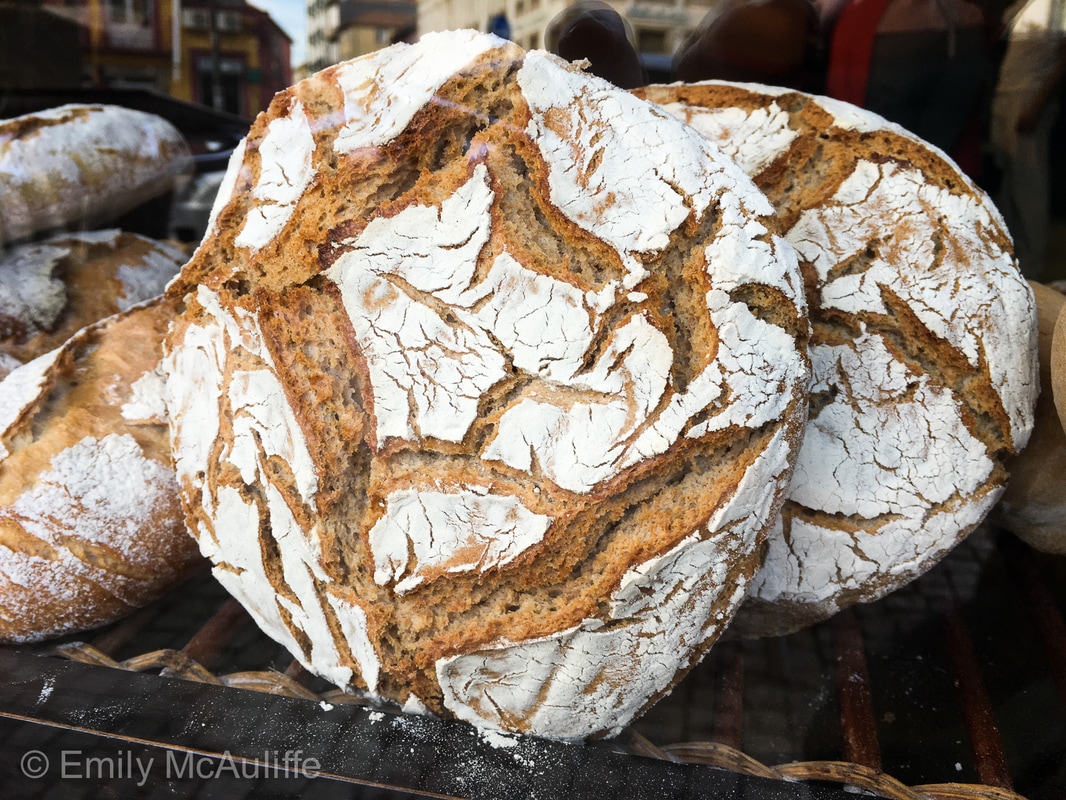
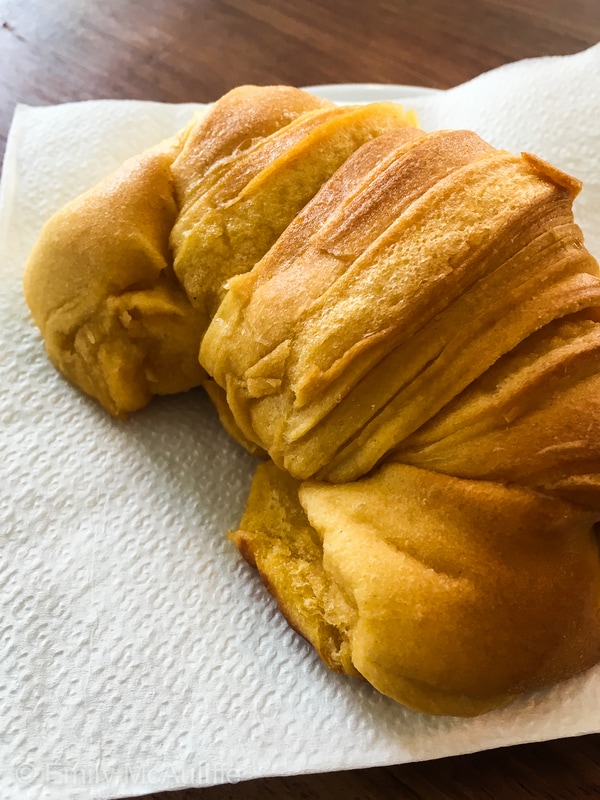
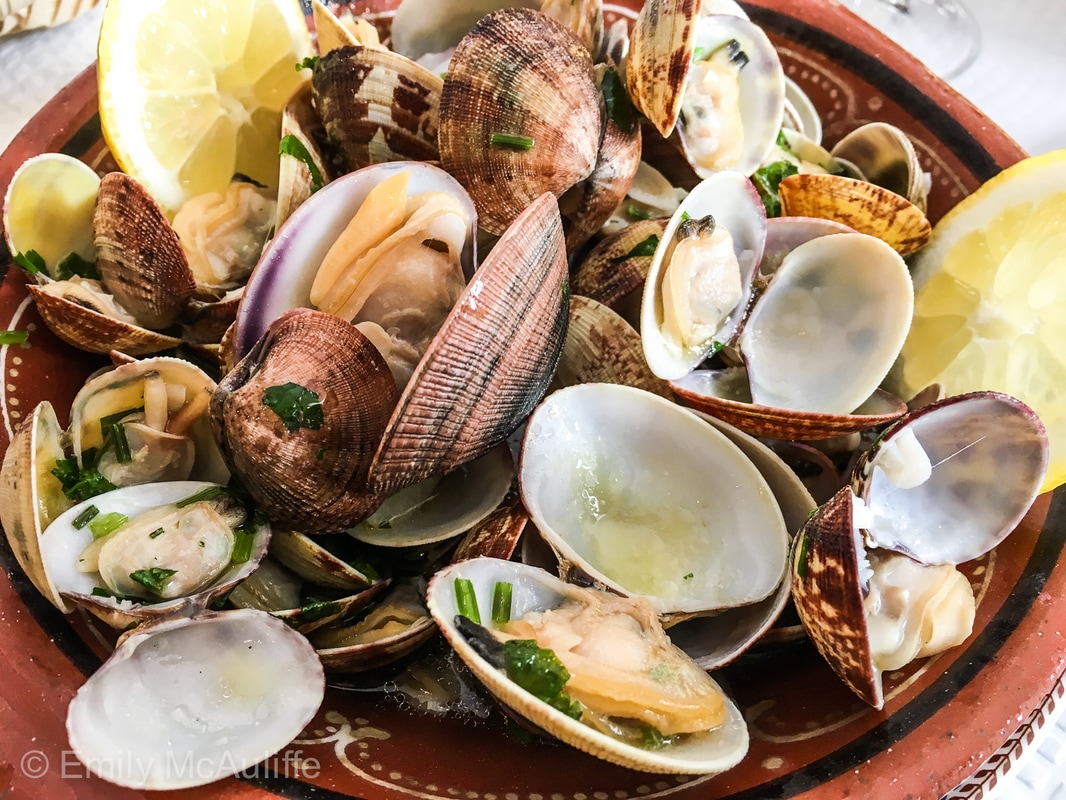
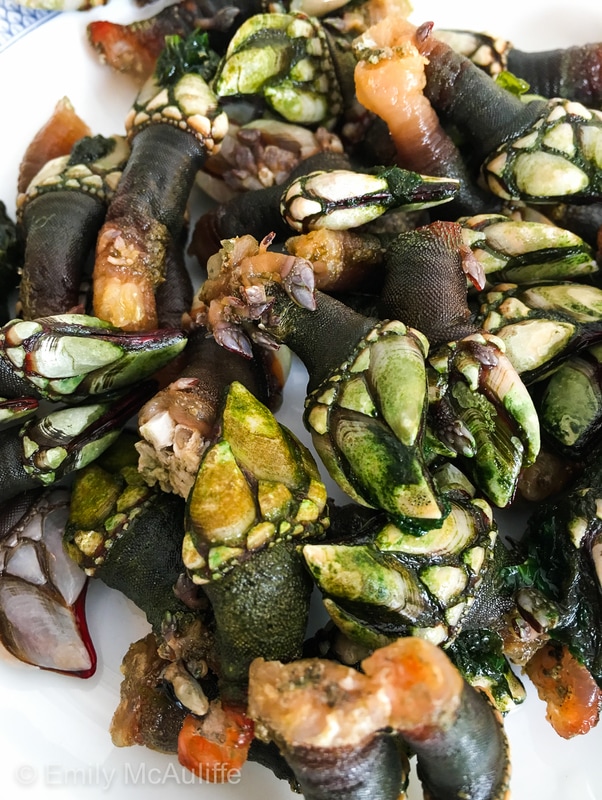
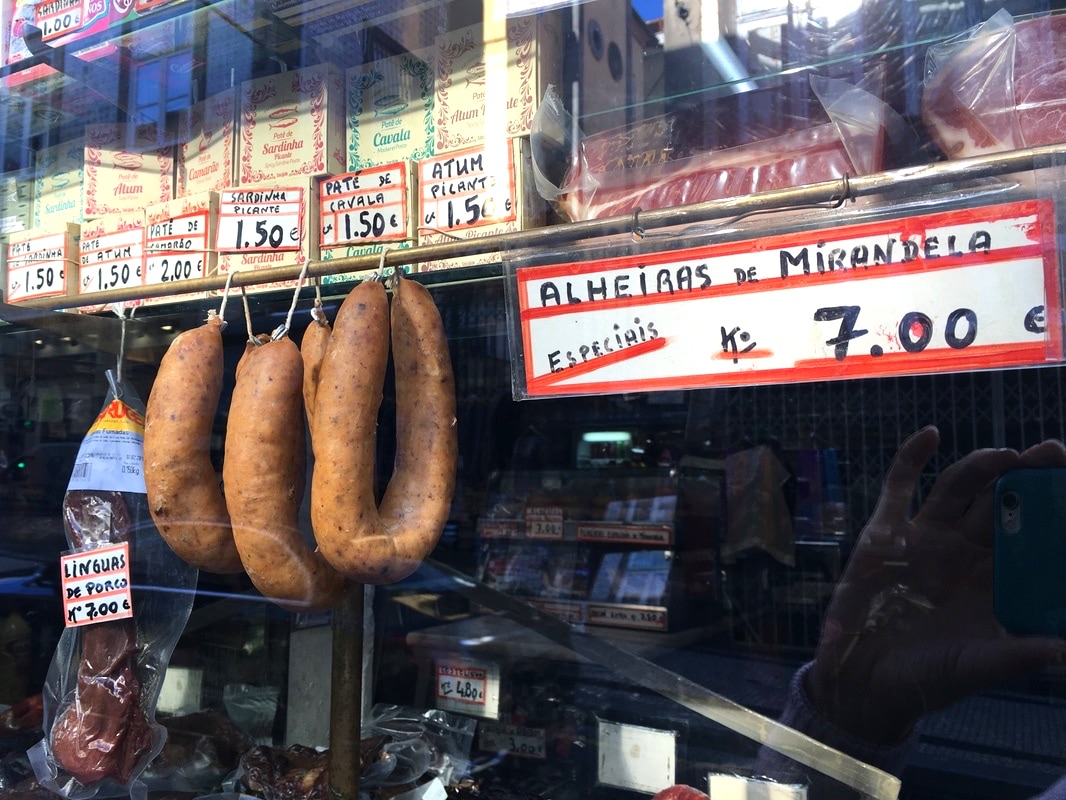


 RSS Feed
RSS Feed